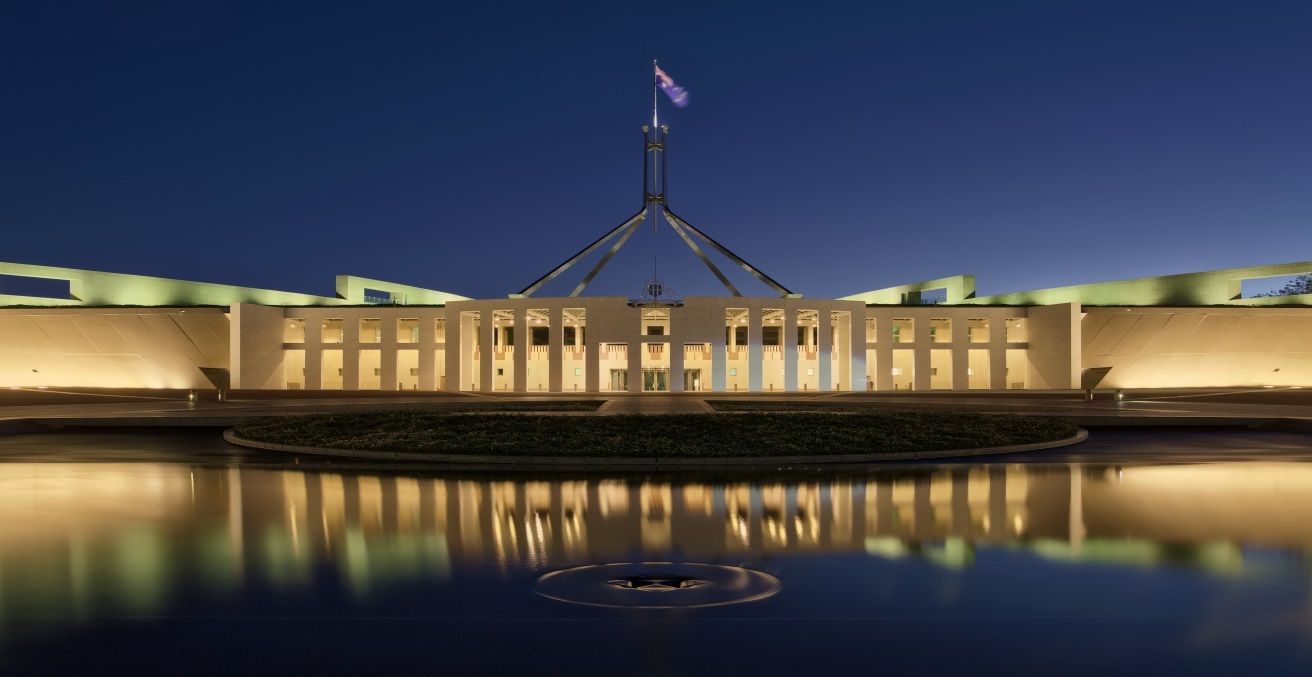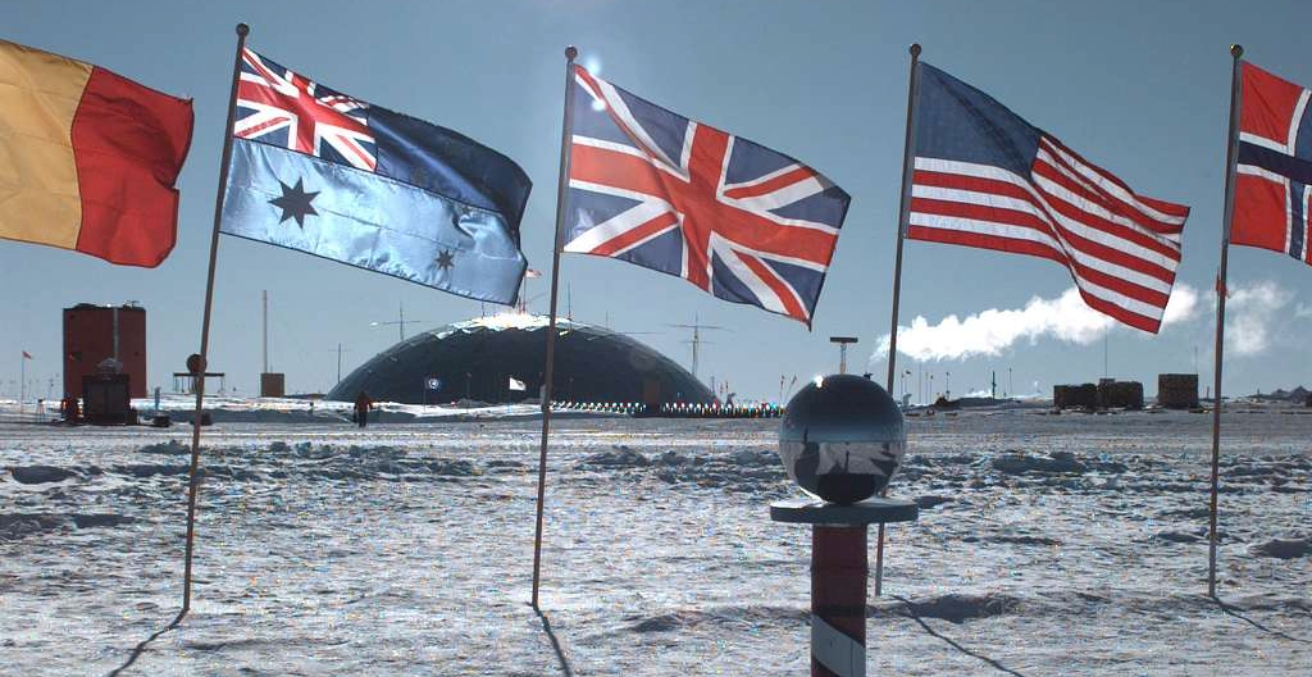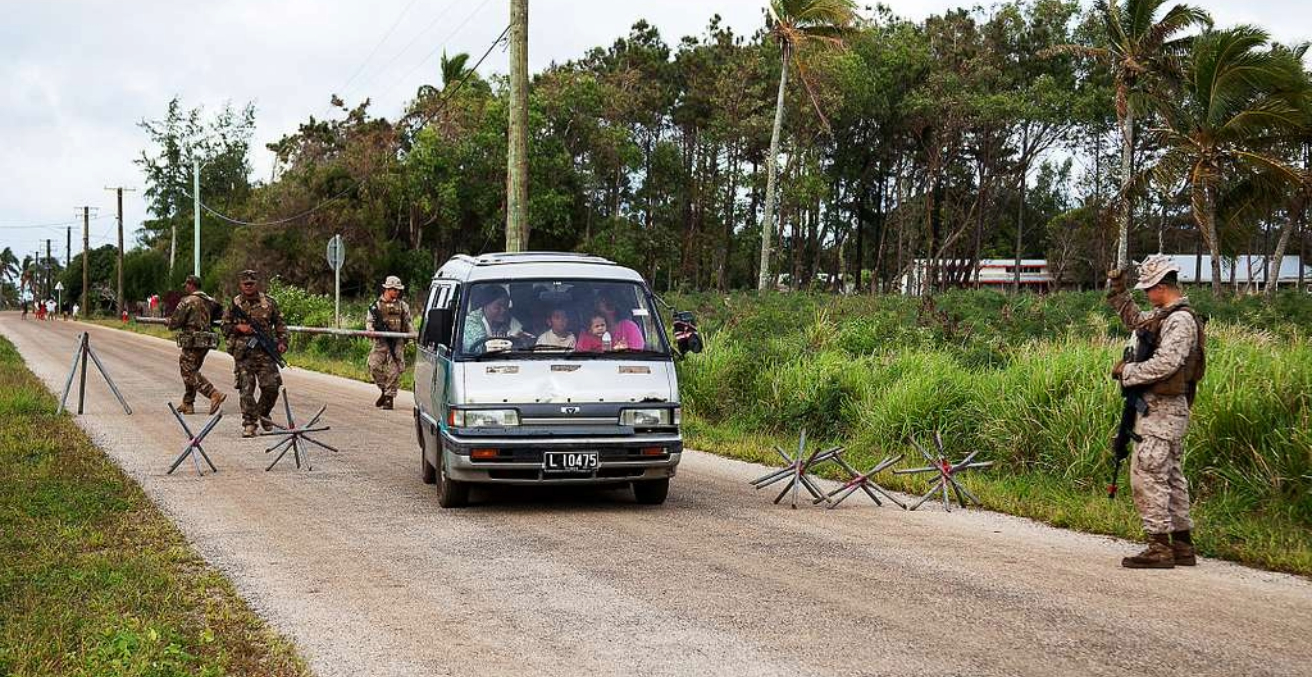Climate change is an existential threat for Pacific nations and Australia, according to the authors of Climate politics in Oceania: Renewing Australia-Pacific Relations in a Warming World, which is dragging its feet when it comes to leadership and engagement in climate policy in the Pacific.
Our Common Challenge
“The Pacific is home to some of the most “climate vulnerable” countries on Earth. The situation facing the Pacific Island countries and communities epitomises the injustice and inequity at the heart of the climate crisis: the impacts of climate change continue to be felt firsthand and hardest by countries and communities that have contributed the least to its causes and have fewer economic resources with which to adapt”
If there is a villainous climate policy laggard in Climate Politics in Oceania, it is Australia; for affirming climate emergency warnings in the Pacific, while promoting its own coal mining and gas extraction industries. Climate Politics in Oceania defines the differing Pacific Island and Australian perspectives on climate change, and the security and policy challenges they present. Pacific Island nations see climate change as an existential threat to be tackled at its source if their countries are to survive, while Australia’s view is nuanced by its fossil fuel-based interests—contributing to the underplaying of climate change as a destabilising regional influence. Despite recent progress, “it is not entirely clear if the Albanese (Labor) Government is prepared to fully sign up to the policy agenda required to minimise and mitigate the harmful impacts of a fast-changing climate.”
Climate Politics in Oceania
Climate Politics in Oceania lays brutal waste to Australia’s ambitions for global climate policy leadership, describing its reputation as diminished by political inertia, policy blind spots, and diplomatic isolation; notwithstanding more positive recent efforts under Labor. Australia’s efforts do not align with the emission reduction goals of the 2015 Paris Agreement. They are described as disingenuous for obfuscating mitigation progress by significantly offsetting, rather than actually reducing, emissions at their source. Indeed, Australia’s “foot-dragging on climate change” is seen by the Pacific Islands Forum leaders as “the greatest single threat” to the region.
The book views climate change as a foreign policy and diplomacy challenge, and calls for an Australian reset of relations with its Pacific neighbours to include a ramp-up of its climate policy achievements. Pacific Island countries see Australia as doing them real harm, which will ultimately harm Australia itself as it suffers the consequences of failing to account for climate change as a security concern. Meanwhile, China is looming as a climate policy partner of choice, drawing the Pacific into its influential climate engagement, infrastructure, and financial processes and arrangements. This engagement is embraced because China is not feared in the Pacific nearly as much as the impacts of climate change are.
Indeed, China features prominently in this book. It is now a climate policy superpower, albeit locked in an “ongoing” and often escalatory “geostrategic tussle” with its arch-nemesis, the United States. China is both climate policy leader, for its post Paris Agreement pivot to large scale, accelerating climate policy action, and laggard, for its prolonged, extensive reliance on fossil fuels. Its contribution to global emissions is gargantuan, to the extent that the emission reduction targets of the Paris Agreement cannot be met without China’s cooperation. While this is well known, what is less appreciated is the effort that China is making, and the growing reach of its engagement and debt diplomacy on climate change in the Pacific.
Challenges for the Blue Pacific Continent
Climate Politics in Oceania ranges well beyond diplomacy to scientific, political, policy, and bureaucratic considerations, each conveying distinctive contexts for climate policy development by the countries of the Blue Pacific continent. This strategic moniker affords Pacific Island nations diplomatic clout far greater than their individual countries by reframing state sovereignty as a collective within a distinctive, climate threatened, oceanic environment. It was adopted as a concept in 2017 and has evolved to define a “place of identity,” so much so that “the principles of the Blue Pacific peoples, place and prospects have been embedded across the regional priorities of the Pacific Islands Forum.”
The region’s priorities are now articulated in the 2050 Strategy for the Blue Pacific Continent. Member states and partners are stewards of the increasingly environmentally threatened and geopolitically contested Pacific Ocean and see robust, forward-looking regionalism as the antidote. Pacific nation states and broader groupings now have a point of orientation for aligning and integrating their climate policy efforts. Besides declaring shared values and aspirations for regionalism, the strategy builds upon existing frameworks and points towards effective implementation. Climate change and disasters are depicted as a thematic area with actionable “pathways”—in terms of governance, inclusion and equity, education, research and technology, resilience and well-being, and partnership and cooperation.
Who are the real climate leaders?
The Blue Pacific strategy builds on “the unique forms of collective diplomacy that Pacific Island nations have developed to pursue their interests … when faced with common challenges like nuclear testing, management of ocean resources and climate change.” The authors argue that Pacific Island nations have gained global traction, their leaders recognising the influence of their regional voice and collective action in the drive to shape international law. They have formed regional and global alliances and have shown leadership in climate change action as part of the Alliance of Small Island States. They have also been key negotiators on global action on climate change throughout the Kyoto Protocol and Paris Agreement phases over recent decades.
Climate leadership, the Pacific way, is not exerted individually but collectively by leveraging “political opportunity, policy consensus and collective diplomacy,” although with ample scope for leading actions, from Fiji, for example. It aligns with Dent’s notion of regional leadership, whereby leading is a community building effort, resolving collective action problems, and championing and representing the interests of the region in the global community. The Pacific Island community also demonstrates “cognitive leadership” for promoting transformative ideas; albeit ideas that take time to realise, such as fossil fuel non-proliferation, climate change loss and damage, an obligation to prevent climate harm, and an acknowledgement of, and action upon, climate injustices.
What happens next?
Pacific nations have called out Australia’s poor climate credentials and questioned its credibility within the Pacific family. But Climate Politics in Oceania offers antidotes and a pathway to credibility. Climate change should underpin Australia’s foreign policy in the Pacific. Australia’s targets should align with the Paris Agreement and include phasing out coal and gas. People-to-people relations on environmental guardianship would be promoted between Australia’s First Nations peoples and Pacific Island peoples. Australia should collaborate on disaster risk assessment and should contribute to the Green Climate Fund adaptation efforts in the Pacific. It should plan for an influx of people from the Pacific, and support loss and damage reparations by carbon emitters like Australia. Further, it would not just provide the Pacific with disaster relief, but it would own up to its impact on the region as a major carbon emitter and accelerate bona fide cuts to the sources of its own emissions.
This is a review of Climate Politics in Oceania: Renewing Australia-Pacific Relations in a Warming World by Susan Harris Rimmer, Caitlin Byrne, and Wesley Morgan (Melbourne University Press, 2024). ISBN: 9780522879506
Kate Crowley is an Adjunct Associate Professor at the University of Tasmania, widely published in climate and environmental policy, and is co-author with Aki Nakamura of Regional Climate Leadership in East Asia and the Pacific (Routledge 2025)
This review is published under a Creative Commons License and may be republished with attribution.




